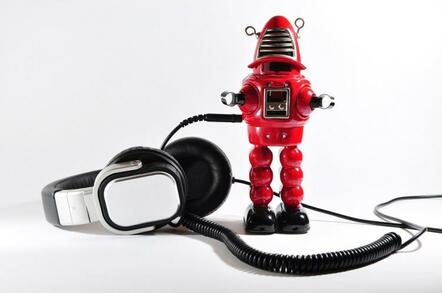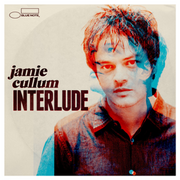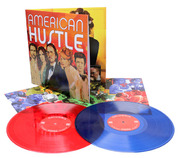New York, NY (Top40 Charts) So a study from the University of Amsterdam (in association with Manchester's Museum of Science & Industry) found out, through a simple internet game, that people find Wannabe the catchiest song ever written since the 1940s, alongside other pop doozies including Survivor's Eye of the Tiger, and Mambo No.5. Fair enough. We have made huge embarrassments out of ourselves during karaoke night to some* (*all) of those choices ourselves.
Science has often played a part in examining the hooks in music and what do they do to the brain. In fact, there are even certain techniques and tricks to manufacture a certain emotion out of a listener. So Pharrell's Happy, is actually so happy due to the rhythm and nuances of the song. So, seeing as we've not been able to get that particular hit out of our heads for a good six months, could we use technology to recreate this same magic on hundreds of new songs?
Although still a work in progress, the team are confident that robots can make music just as competently as some of today's greatest living songwriters. One such composer that musicians may want to look out for, is Emily Powell.
Devised by Cope, Emily Powell is not a traditional songwriter, in the sense that she is in fact an interactive interface that can build her own musical compositions from a source database. Well, even
Madonna had a few eccentric styles back in her day. But the whole issue of 'not being a real person' hasn't held Powell back. In fact, she has already released an album back in 2010. Cope regularly gives the computer program 'feedback' so that Powell can then embark on a more 'original style'. As the video below shows you, she's quite a melancholic robot.
Why can't a computer - if it has been programmed and trained just like a person - be considered a real artist?
So as the robots are gradually becoming better songwriters, what do actual human composers think makes the perfect pop song? According to US songwriter Ester Dean, there is a certain 'DNA' in popular tracks.
Speaking to Esquire, she explained: "You've got to have a hook in the intro, a hook in the pre-chorus, a hook in the chorus, and a hook in the bridge. People give a song seven seconds on the radio before they change the channel."
Neil Tennant from the
Pet Shop Boys agreed that there is a certain pattern to follow if you want to get a track just so, and judging by the PSB's back catalogue, we're inclined to agree with him.
"We never ever start with "let's write a song about this. We might start with a hook or a beat" he said. "Pop music is about celebration. It's the hook that makes the whole experience moreish."
























